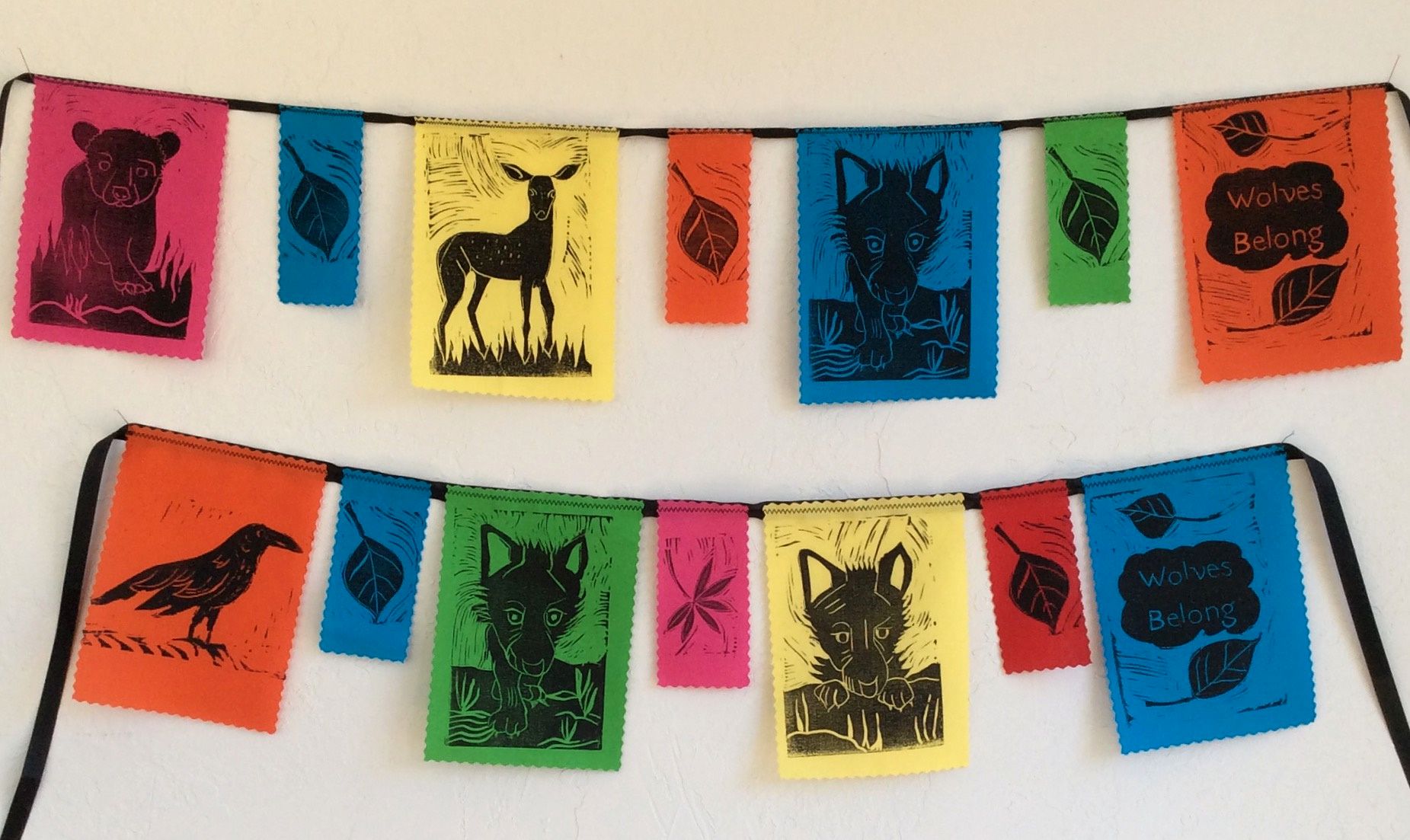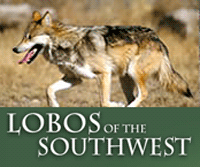Arizona Daily Sun (Original) Posted August 20, 2021 by the Associated Press
PHOENIX (AP) — An endangered Mexican gray wolf that was roaming near Flagstaff has been captured and relocated to an area near the Arizona-New Mexico border.
The wolf had ventured into housing developments, raising concern from state wildlife officials that it might be intentionally or accidentally shot, or struck by a vehicle, said Jim deVos, the Mexican wolf coordinator for the Arizona Game and Fish Department.
“We believe that the wolf was in jeopardy,” he told the Arizona Republic. “Now he’ll be back in an area with females, finding a female partner, forming a pack and contributing to the recovery. That’s what our goal was.”
The wolf was captured earlier this month in the Coconino National Forest and has rejoined other wolves that are part of a recovery program centered in a forested area spanning parts of southeastern Arizona and southwestern New Mexico. North America's rarest subspecies of gray wolf, the Mexican gray wolf was listed as endangered in 1976 after being pushed to the brink of extinction.
The population has grown since the first wolves were released in 1998 as part of the reintroduction program. The latest annual census found about 186 Mexican wolves in the wild in New Mexico and Arizona, a 14% increase over the previous census.
The latest quarterly report released this week shows several of the wolves have died this year.
Environmental groups had been hoping the wolf captured in Flagstaff could stay, even if it was beyond the northern boundary of the designated recovery zone. The groups have been referring to the animal as “Anubis," a name chosen by students in a contest not associated with government agencies.
The groups said the wolf fed on elk carcasses, stayed away from livestock and didn't exhibit any signs of danger.
“I'm disappointed to hear that Anubis was captured,” said Emily Renn, executive director of the Flagstaff-based Grand Canyon Wolf Recovery Project. “Most people chose to live surrounded by the national forest for a reason, because they love the seclusion and are willing to coexist with wild nature.”
Arizona wildlife officials said the wolf had crossed Interstate 40 at least three times, and the agency received reports that it had been spotted by people six times. Under a 2017 recovery plan, the Arizona Game and Fish Department is required to work with the U.S. Fish and Wildlife Service to capture and release any wolf that ventures north of the highway.
Federal officials are currently rewriting the regulations in response to lawsuits filed by conservation groups.





